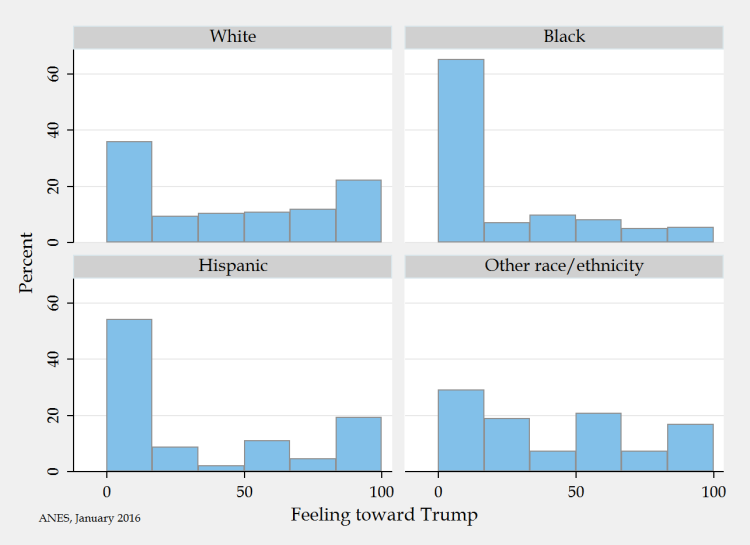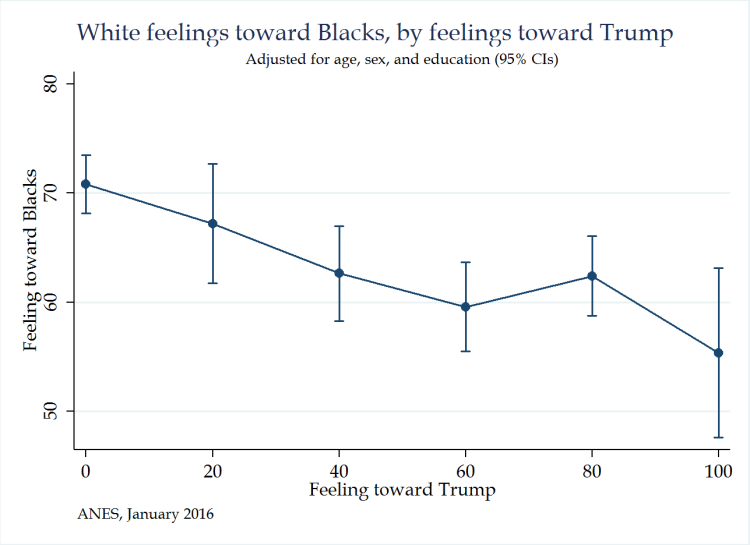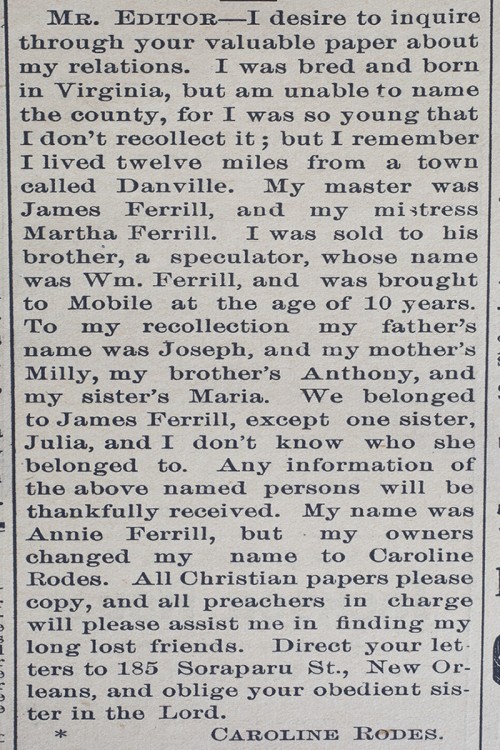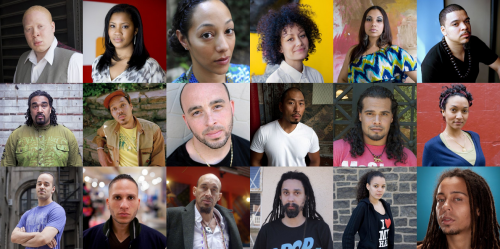At Vox, Evan Soltas discusses new research from Nextoins showing racial bias in the legal profession. They put together a hypothetical lawyer’s research memo that had 22 errors of various kinds and distributed it to 60 partners in law firms who were asked to evaluate it as an example of the “writing competencies of young attorneys.” Some were told that the writer was black, others white.
Fifty-three sent back evaluations. They were on alert for mistakes, but those who believed the research memo was written by a white lawyer found fewer errors than those who thought they were reading a black lawyer’s writing. And they gave the white writer an overall higher grade on the report. (The partner’s race and gender didn’t effect the results, though women on average found more errors and gave more feedback.)
Illustration via Vox:
At Nextion, they collected typical comments:
This is just one more piece of evidence that the deck is stacked against black professionals. The old saying is that minorities and women have to work twice as hard for half the credit. This data suggests that there’s something to it.
Lisa Wade, PhD is an Associate Professor at Tulane University. She is the author of American Hookup, a book about college sexual culture; a textbook about gender; and a forthcoming introductory text: Terrible Magnificent Sociology. You can follow her on Twitter and Instagram.










